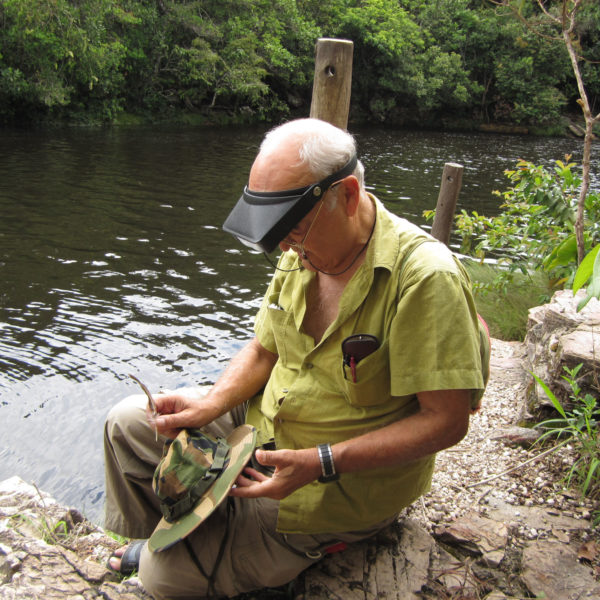CityLab:
“This week, Amsterdam is taking its reputation for pro-bike, anti-car polices one step further by announcing that it will systematically strip its inner city of parking spaces. Amsterdam transit commissioner Sharon Dijksma announced Thursday that starting this summer, the city plans to reduce the number of people permitted to park in the city core by around 1,500 per year. These people already require a permit to access a specific space (and the cost for that permit will also rise), and so by reducing these permits steadily in number, the city will also remove up to 11,200 parking spaces from its streets by the end of 2025.
The cleared spaces won’t be left empty, however. As room for cars is removed, it will be replaced by trees, bike parking, and wider sidewalks, allowing Amsterdammers to instantly see and feel the benefits of what will still be a fairly controversial policy among drivers.”




















